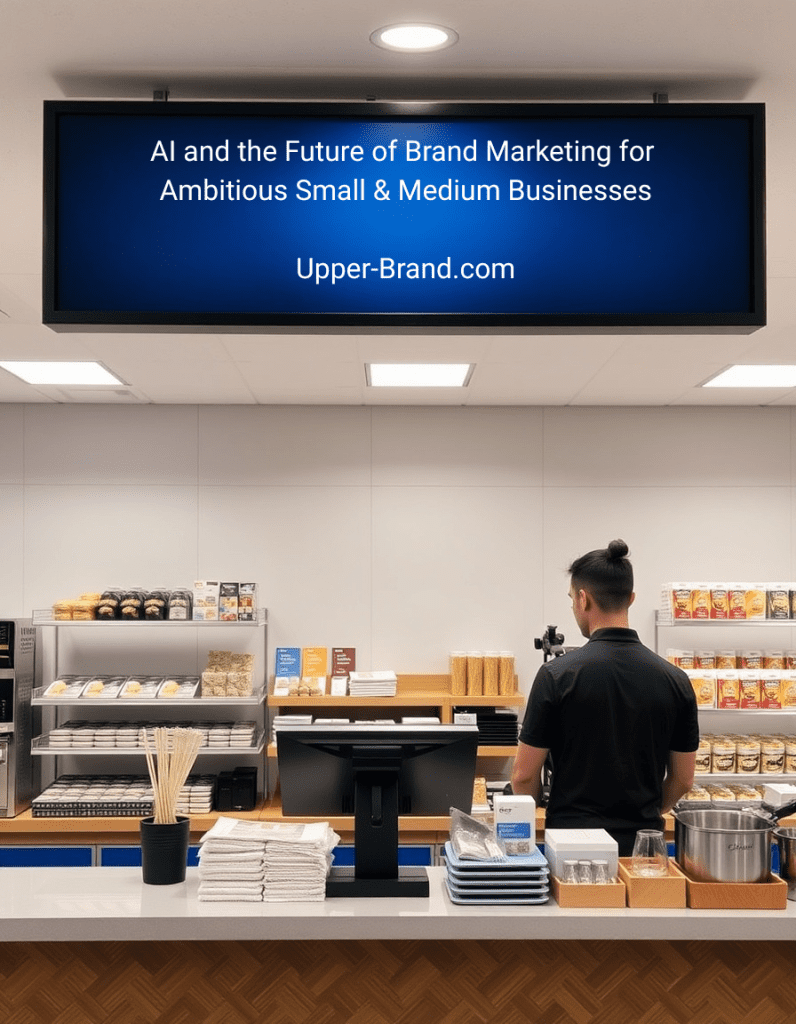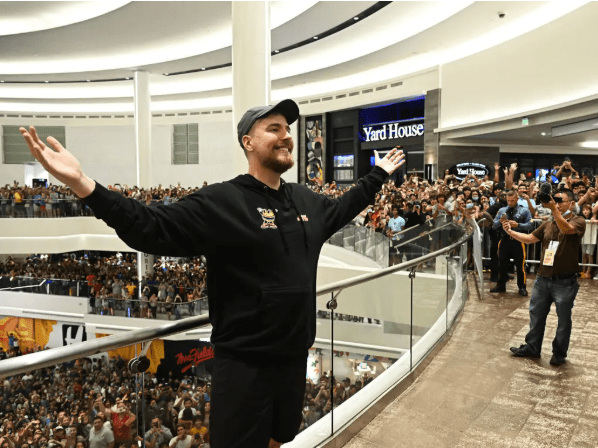Positioning your product where the buyer is already looking

The seismic realignment of the shelf
The era of passive brand discovery is fading. Today’s consumers wake up with the world’s largest aisles in their pockets, scrolling Amazon, Walmart, and a rising constellation of niche marketplaces before their coffee cools. These retail platforms have quietly transformed into full-funnel media ecosystems, compressing awareness, consideration, and purchase into a single swipe. For brands that understand the shift, retail media is not just another line item in the budget. It is the closest thing marketing has to teleportation, placing products directly in front of shoppers during their decision impulse.
Intent is the new currency
Traditional awareness channels still spark curiosity, yet they often leave brands one click short of revenue. Retail media flips the script by capturing high-intent moments at scale. When a shopper searches “hydrating face serum” on Walmart.com or says “add protein pasta to my cart” through an Echo device, the intent is unmistakable. Sponsored listings insert the brand at the exact pivot between browsing and buying. That immediacy converts attention into sales with an efficiency other channels envy, especially as third-party cookies crumble and privacy laws tighten targeting everywhere else.
Retail media 2025 by the numbers
Projections for 2025 place North American retail media spend above one hundred sixty billion dollars, a figure growing at nearly twenty percent year over year. Amazon continues to command roughly three quarters of U.S. retail ad budgets, but Walmart Connect is expanding at double-digit pace, and Canadian networks like Loblaw Media and Canadian Tire Triangle are carving distinct audiences hungry for local brands. Crucially, small and medium businesses fuel much of this growth. Marketplace dashboards reveal that advertisers spending under fifty thousand dollars a year now account for more than one third of total sponsored product revenue. Retail media’s barrier to entry is not capital, it is vision.
From campaign to ecosystem
Forward brands treat retail media less as a campaign and more as an ecosystem. Sponsored product ads safeguard keyword real estate. Display units build brand recall within category pages. Off-site banners, powered by retailer data, chase shoppers across news, recipe, and lifestyle sites, stitching seamless paths back to checkout. In-store screens extend the narrative into physical space, turning brick and mortar visits into digital retargeting events. The smartest marketers overlay influencer content that links directly to retailer listings, erasing friction between story and sale. The result is a closed-loop universe where every impression is measurable and every data point refines the next creative iteration.
Creative that listens and responds
Retail media creative lives inside a rapid-fire feedback loop. Headlines and images that once waited weeks for A/B results now show performance deltas in hours. Brands succeeding on the digital shelf deploy modular assets designed to evolve. A single product photo is shot in multiple colorways, lighting treatments, and lifestyle settings, ready for algorithmic rotation. Bullet copy emphasizes benefit statements tied to trending search phrases, updated weekly to mirror emerging consumer vernacular. This dynamic approach marries art and data, ensuring creative never lags behind cultural context.
Data harmony, not data hoarding
First-party retailer insights unlock purchase frequency, basket affinity, and geographic demand pockets. Winning teams feed this intelligence back into product development, supply chain, and pricing strategy. If sponsored search data shows coconut-based shampoo surging in coastal provinces while oat-based formulas dominate inland, procurement adjusts ingredient sourcing accordingly. Warehouse allocation shifts to reduce shipping distance and carbon footprint, cutting cost and improving delivery speed. Retail media data becomes a strategic tuning fork resonating through the entire organization.
Sustainability and values in the algorithm
Gen Z and millennials are not only digital-native; they are value-driven. Retail platforms now surface sustainability badges, Fairtrade tags, and climate-pledge icons in search results. Sponsoring these badge-ready listings amplifies ethical advantages at the moment of choice. Brands that invest in eco-certifications and responsible packaging reap disproportionate click-through lifts when those icons appear beside ads. Retail media, therefore, acts as a spotlight for purpose, rewarding authenticity with measurable conversion.
Playbook for forward brands
1. Audit the digital shelf
Search your core keywords on every marketplace that matters. Document who owns the top sponsored and organic slots. Identify content gaps and rating weaknesses you can exploit.
2. Optimize product detail pages
Algorithmic rank and shopper trust depend on clear titles, crisp lifestyle imagery, and at least fifteen reviews averaging 4.3 stars or better. Detail pages are the runway; ads are the jet engines.
3. Layer intent tiers
Allocate bids across exact-match, phrase-match, and category-context placements. Exact match secures high-converting core phrases. Broader tiers surface brand story to adjacent audiences discovering your category for the first time.
4. Synchronize inventory and spend
Link ad platforms to real-time stock counts. Trigger automatic bid throttles when inventory dips below a seven-day cover, preventing wasted clicks on out-of-stock items.
5. Expand beyond the marketplace walls
Leverage retailer demand-side platforms to retarget shoppers across the open web. Each off-site impression carries the weight of verified purchase intent that generic display lacks.
6. Iterate relentlessly
Review search term reports daily. Negative-match irrelevant clicks. Experiment with new visuals weekly. Retail media rewards agile marketers who treat optimization as ritual, not afterthought.
The path ahead
The future of retail media stretches beyond screens. Voice commerce, mixed-reality store overlays, and algorithmic replenishment subscriptions are already prototyped inside Amazon and Walmart labs. Picture a shopper scanning a QR code in aisle, seeing an AR overlay comparing nutrient density, tapping to apply a coupon, and checking out via mobile wallet without visiting the register. Every gesture feeds the retail media engine, refining audience models and unlocking fresh ad real estate. Brands prepared to iterate across these surfaces will dominate mindshare and market share as channels converge.
In an environment where consumer attention splinters across platforms and privacy shifts reshape targeting rules, retail media offers a lighthouse of clarity. It aligns brand presence with real-time intent, compresses the path to purchase, and delivers data that informs the next leap forward. Visionary marketers are already redirecting budget, creative energy, and product innovation toward this nexus of commerce and connection. The question is no longer whether retail media fits into your strategy but how soon you will wield its power to meet buyers exactly where they are looking and shape what they decide to bring home next.










